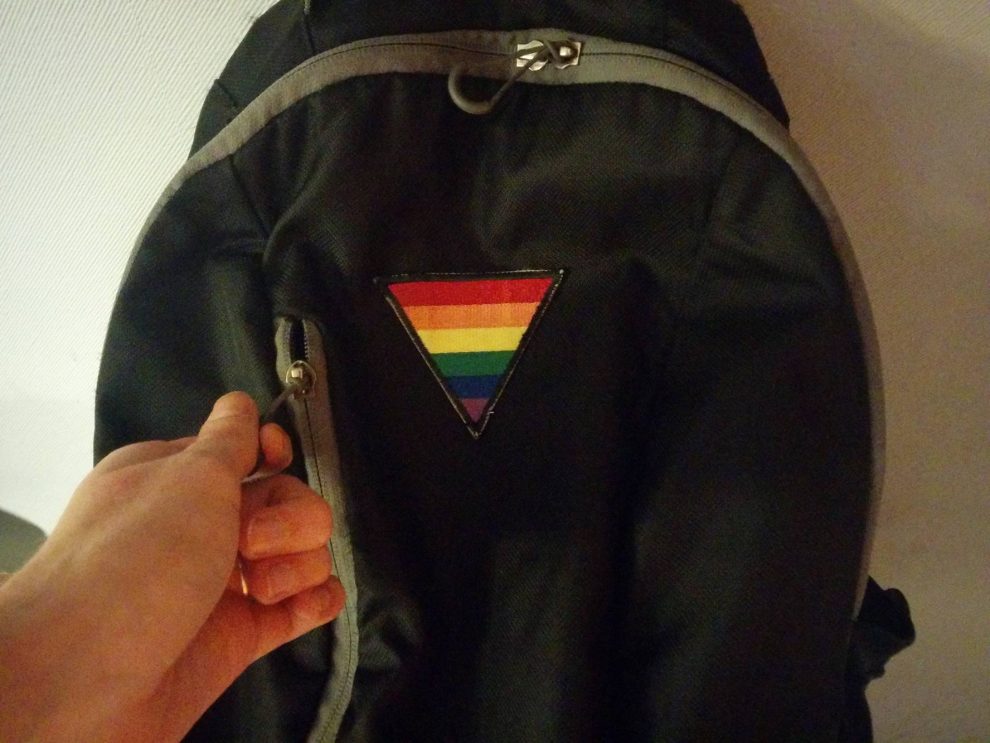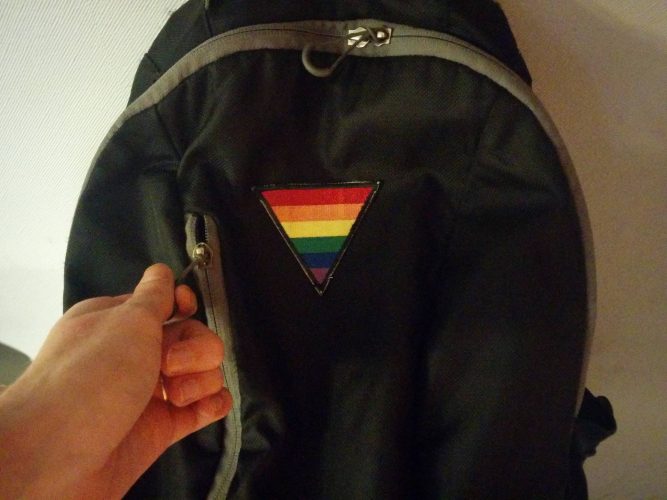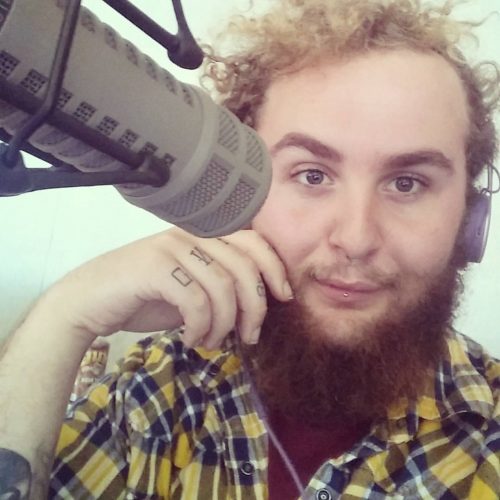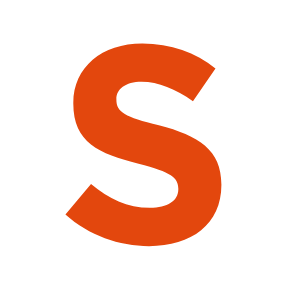Life
Defining the role of straight people in the queer community
'It's your privilege as a straight person that you don't have to come out'

caption
Pride symbols can be found in many places -- even outside the queer community.
caption
Pride symbols can be found in many places, in and outside the LGBQT+ community.Recent events such as the Halifax Pride Annual General Meeting and straight people coming out on National Coming Out Day have some LGBTQ+ community members saying their community does not need to include or represent straight people.
“The status quo and assumption, default, is that (people) are cisgendered and (people) are straight,” says Kadence, a 21-year-old Nova Scotia Community College Waterfront campus student. (Cisgender refers to a gender identity corresponding with a person’s biological sex.)
But Kadence, who prefers using one name, identifies with several terms, such as gay, male, pansexual and genderfluid. He refers to his sexuality and gender expression as “queer” and “free.”
According to Statistics Canada, 1.7 per cent of Canadians aged 18 to 59 consider themselves homosexual and 1.3 per cent bisexual. The Trans Pulse Project reports 0.5 per cent of the Canadian population identify as transgender.

caption
A “selfie” of Kadence in his school’s radio room.During the Halifax Pride annual general meeting last month, a motion brought forward by Queer Arabs of Halifax to remove a pro-Israel campaign for Pride was rejected. Those in attendance claim the rejection was a result of a non-LGBTQ+ majority vote.
“We were outvoted by straight, cisgender members of a religious organization who deliberately attended to block our motions,” Ardath Whynacht, Nova Scotia Rainbow Action Project board member, told The Coast.
Abbey Ferguson, former president and treasurer of Mount Pride at Mount Saint Vincent University, agrees straight people do not need a voice in queer issues.
“I think what happened at the annual general meeting is a great example,” says Ferguson. “It’s hurtful at its best and violent at its worst.”
Straight people appropriating queer platforms occurred again on National Coming Out Day, Oct. 11, a day for LGBTQ+ people to celebrate those who have come out, yet to come out, and acknowledge those who are unable to.
On this year’s Coming Out Day, social media flooded with coming-out stories, many from straight people. Some posts were seen as mocking, while others were viewed as a poor attempt at solidarity.
“It’s your privilege as a straight person that you don’t have to come out. You get to have that comfort in knowing you are accepted, at least for your sexuality, by the world,” says Kadence.
Ferguson feels many queer people come out as a way of getting involved in the queer community, organizations and supports. She says many aspects of the community, such as coming out, “simply aren’t meant for” straight people.
Kadence says it is important to have straight people as allies who support the community, but they should leave queer voices and “stories” to be told by queer people.
“What makes you an ally is standing beside us, not with us,” he says.
“Being an ally is not, ‘Oh this is what they need from me.’ It’s asking, ‘Hey, what can I do for you that’s going to for you that’s going to make me useful?’ …. That’s being an ally.”

